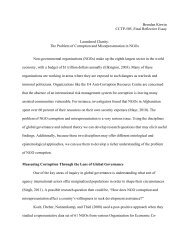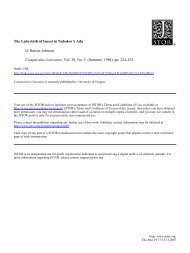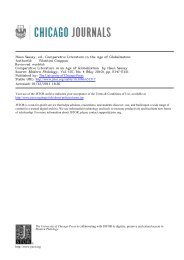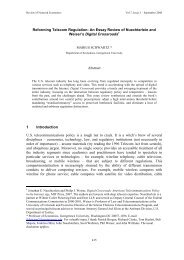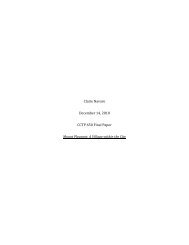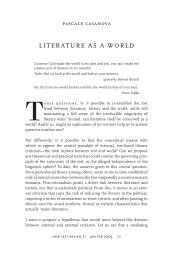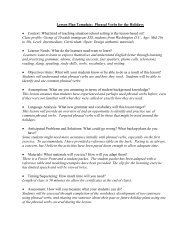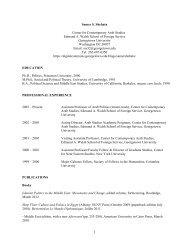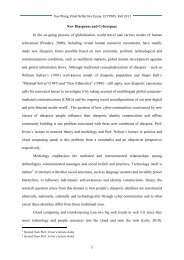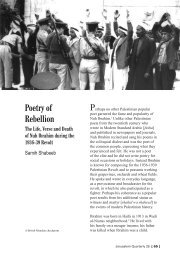Brand Tone of Voice:
Brand Tone of Voice:
Brand Tone of Voice:
- No tags were found...
Create successful ePaper yourself
Turn your PDF publications into a flip-book with our unique Google optimized e-Paper software.
J. Delin 37clients to further their aims in business goes against the traditional application<strong>of</strong> these methods.The development <strong>of</strong> linguistic analysis <strong>of</strong> advertising and media such asnewspaper reporting has been to some extent – and certainly was in its inception– intended to expose the practices <strong>of</strong> organisations that in some waysseek to manipulate, or even deceive, the general public. For example, theouter cover <strong>of</strong> Fairclough’s (1989) Language and Power describes the book as‘about how language functions in maintaining and changing power relationsin modern society, about ways <strong>of</strong> analysing language which can reveal theseprocesses, and about how people can become more conscious <strong>of</strong> them andmore able to resist and change them.’ Cook (2001: 208) presents a review <strong>of</strong>academic attitudes to advertising and the ways in which these attitudes haveshaped research. Concentrating on the work <strong>of</strong> Geis (1982) and Williamson(1978) as examples, Cook (2001: 210) suggests that the ideological positionrepresented in such work is that ‘the senders <strong>of</strong> ads are villains, intent ondeception; the recipients are uneducated, vulnerable, and easily deceived;the observers are superior to both, and unaffected by the text, because theycan decode it.’ However, Cook also points out that, as ads have become moremainstream, and ‘there is something more to them than mere commercialactivity’ (ibid: 214), there is less problematising <strong>of</strong> them in the more recentacademic literature and more apparent acceptance that they are but onegenre worthy <strong>of</strong> scholarly attention. While the assumption that linguisticanalysis should necessarily be a means <strong>of</strong> fighting against the ubiquity, morals,economics or politics underlying the production <strong>of</strong> a genre <strong>of</strong> text has apparentlybecome less strong, there is little so far that takes the opposite view: thatlinguistics could actually be applied to help advertisers – or the brand ownersbehind them – to create texts that do a particular job, and to understandbetter how texts might communicate in certain ways. The perspective takenin this paper represents such a view – that the insights available from withinlinguistics can, and should, be made available to a commercial audience,who seek to improve their understanding <strong>of</strong> the language upon which theirbusinesses depend.Attention to the language that companies used in areas outside creative copywritingtasks such as advertising really began with the widespread adoption <strong>of</strong>‘Plain English’ or ‘Clear English’ initiatives in the 1980s, which were mainlyintended to help customers understand important communications such asforms, letters, and the terms and conditions <strong>of</strong> credit cards and mortgages. Atthe same time, as Cameron (2000) reports, the language used in call centres wasalso receiving prescriptive attention, with mixed results. Neither <strong>of</strong> these initiativeshad behind them any linguistic underpinning that we might recognise



